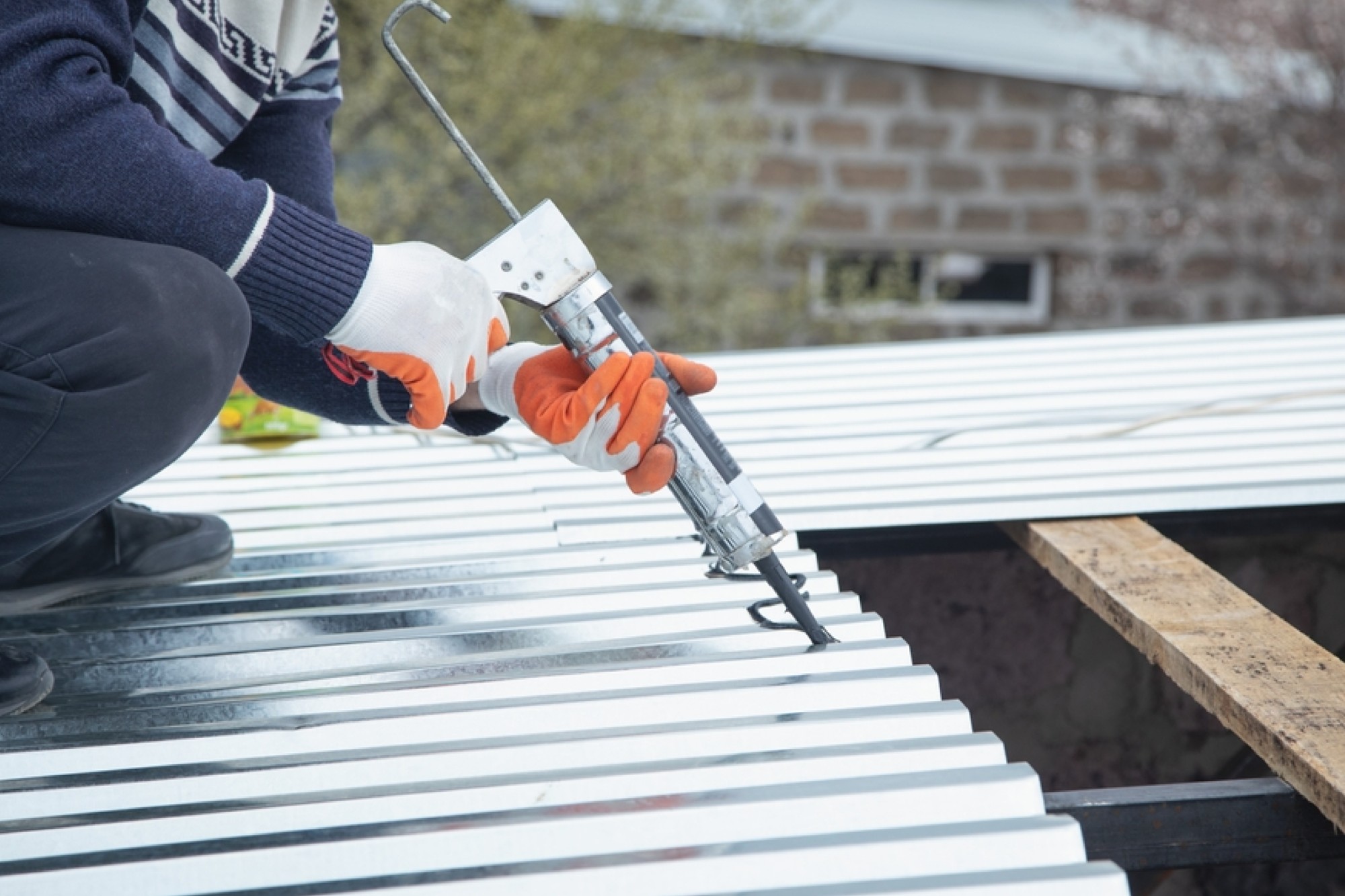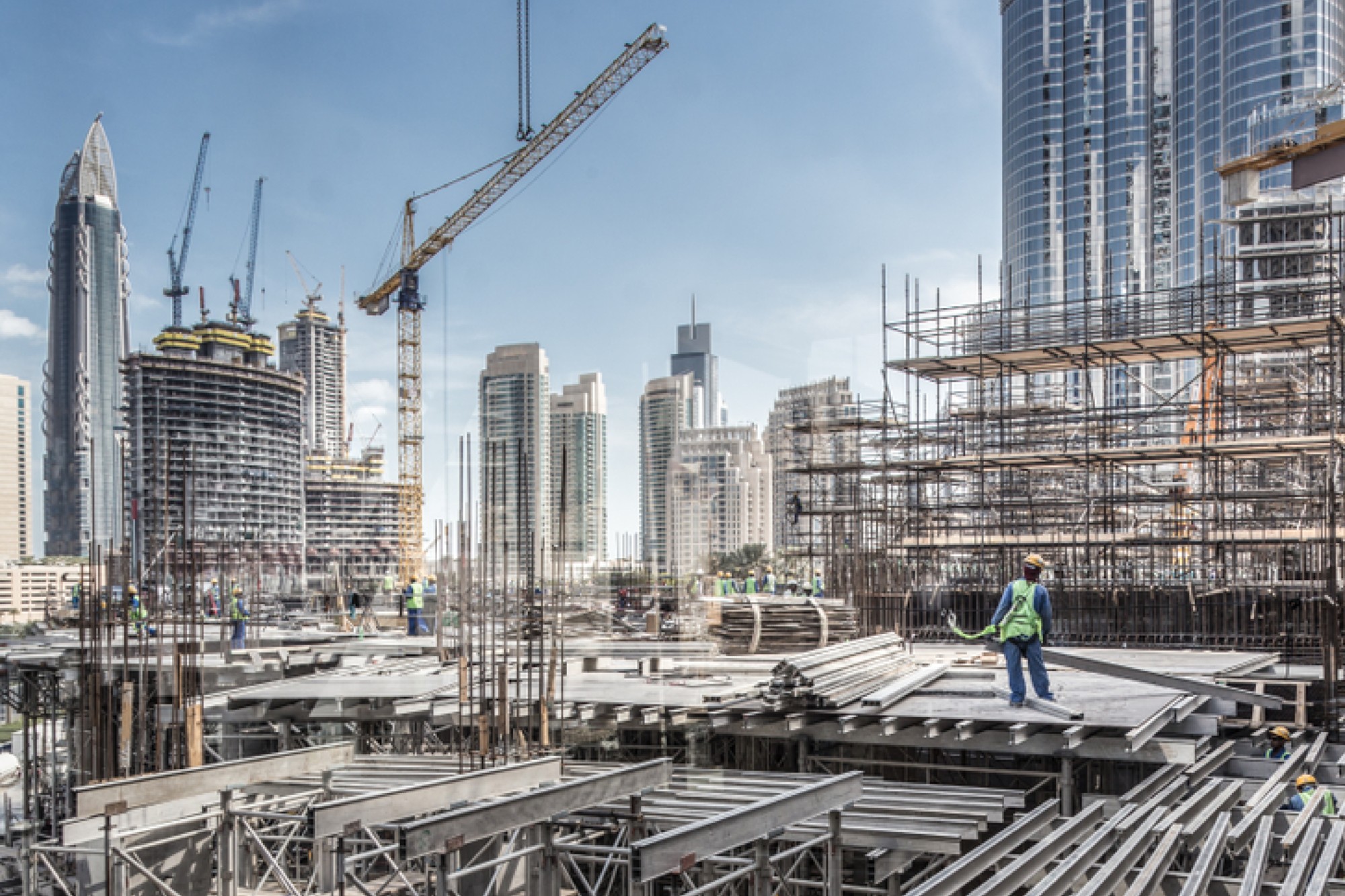Anudeep Constructive Solutions : Comprehensive solutions for construction chemicals industry
By Edit Team | June 23, 2020 7:38 am SHARE

Anudeep Constructive Solutions Private Limited provides support to builders, developers, contractors, applicators and manufacturers for designing specifications, training, nondestructive testing such as leakage detection and DFT measurements.
Anudeep Constructive Solutions Pvt Ltd offers consultancy and solutions for key areas which include waterproofing, concrete admixtures and mix design, repair, joint treatments, flooring, machinery grouting and coatings. We undertake investigation of failures in water proofing and repairs and provide advice on remedial actions. On the other hand, we also provide support in initial stages for designing project specification in water proofing, application methods and application of proper specification and standards.
Training
We organise training courses covering areas such as waterproofing, repairs, flooring, grouting, concrete and admixtures. These training courses are useful for applicators, contractors and technical as well as marketing personnel.
Research in materials and methods
We are also engaged in various in house research projects on materials used in concrete and water proofing. We provide services such as outsourcing data collection and laboratory work for various manufacturers as well as applicators. These projects relate to new product development as well as method development.
The following short article discusses use of standards and specifications in water proofing.
Waterproofing market in India
Over the past few years, waterproofing market has been undergoing gradual changes. There are various factors which are responsible for
changes in customer requirements. These factors may be related to past failures, raised information levels or statutory requirements such as RERA. Builders, developers and contractors have also realised that waterproofing failures may result in loss of reputation, which impacts marketability of future projects and asset value of current project.
Waterproofing has been an area of concern, particularly in the past 10 to 15 years. Despite of introduction of a range of new products during this period, unfortunately the failure rate has not reduced even for structurally sound constructions. Failures in wet areas, seepage from exterior walls, wet or flooded basements and dripping from roofs have become a common site in major cities, across India.
There are various reasons for failures and they are as follows:
• Improper and inadequate detailing of waterproofing systems
• Inferior quality of waterproofing materials
• Using wrong materials and methods of application
• Not considering joints while designing waterproofing systems
• Low quality workmanship
• Changes by homeowners affecting existing waterproofing works
• Repair of leakages carried out without proper investigation for old structures
• Substandard quality of construction
Some Standards, codes and specifications:
Most of the above issues can be controlled or reduced by application of proper standards and specifications while designing the waterproofing systems. Waterproofing documentation is very important to set control over selection of materials, methods and coordination between different trades, which are part of the construction project.
It is difficult to cover all specifications and standards in this small article. Our effort is to show, how the use of proper codes may help the sites overcome difficulties in monitoring and controlling waterproofing operations.
The following table gives information about some relevant standards, specifications and application guidelines, which may be useful in designing of good waterproofing systems.
| Document | Type | Applicable material types | Main area |
| ASTM C 836 | Standard specification | High solids liquid applied elastomeric membranes with separate wearing course | Building decks and walls subjected to hydrostatic pressure |
| ASTM C 898 | Standard application guide |
As above | Covers application methods for materials conforming to ASTM C 836 |
| ASTM C 957 | Standard specification | High solids liquid applied elastomeric membranes with integral wearing course | Building decks and walls not subjected to hydrostatic pressure |
| ASTM C 1127 | Standard application guide | As above | Covers application methods for materials conforming to ASTM C 927 |
| ASTM C 920 | Standard specification | Joint sealants | Expansion, control and detailing joints |
| ISO 11600 | Standard specification | Joint Sealants – Non sag type | Expansion, control and detailing joints |
| ASTM C 1193 | Standard application guide | Joint Sealants | Expansion, control and detailing joints |
| BS 6093 | Guide for design of joints and jointing | Sealants, sealing strips, Gaskets, Baffles etc. | Various types of joints |
| ASNZS 4858 | Standard specification | Water proofing membranes as defined in AS 3740 | Water proofing of wet areas |
| AS 3740 | Standard guide / specification | Sheet and liquid water proofing membranes | Water proofing of domestic wet areas |
| ASTM D 7832 | Standard guide for performance attributes | Liquid applied membranes and sheet water proofing membranes except cementitious, integral and bentonite based systems | Below grade walls and vertical surfaces |
| BS 8102 | Code of practice / guide | Various liquid and sheet membranes including cementitious and crystalline compounds | Protection of below grade structures |
For example, while designing a roof waterproofing system with or without soft fill, one may consider ASTM C -836 and ASTM -C 898. ASTM C-836 is used for setting the material specifications whereas ASTM C-898 provides guideline for application and detailing at different areas.ASTM C-920 or ISO 11600 may be used to set material specification for liquid applied sealants such as Polysulfide, polyurethane or hybrids etc. whereas ASTM C 1193 and BS 6093 are used as guides for selecting and applying different kinds of sealants and sealing materials.
For underground waterproofing, one might take reference of ASTM D7832 for setting material specifications and minimum performance criteria. BS 8102 is also a comprehensive code for selecting various water proofing systems.
Summary:
Overall, if the material specifications, method statements and design criteria are set properly using correct standards and specifications, then probability of failure is minimised. If failures still occur, then those can be quickly identified, tracked and attended with minimal disturbance.
(Pritam Dhake, Senior Executive Engineer, Anudeep Constructive Solutions Pvt Ltd has also contributed to this article)
For more details, contact:
Deepak Kanitkar, Director, Anudeep Constructive Solutions Pvt Ltd.
Web: www.constructionsol.com
Email: civiltech@constructionsol.com
Cookie Consent
We use cookies to personalize your experience. By continuing to visit this website you agree to our Terms & Conditions, Privacy Policy and Cookie Policy.



























































